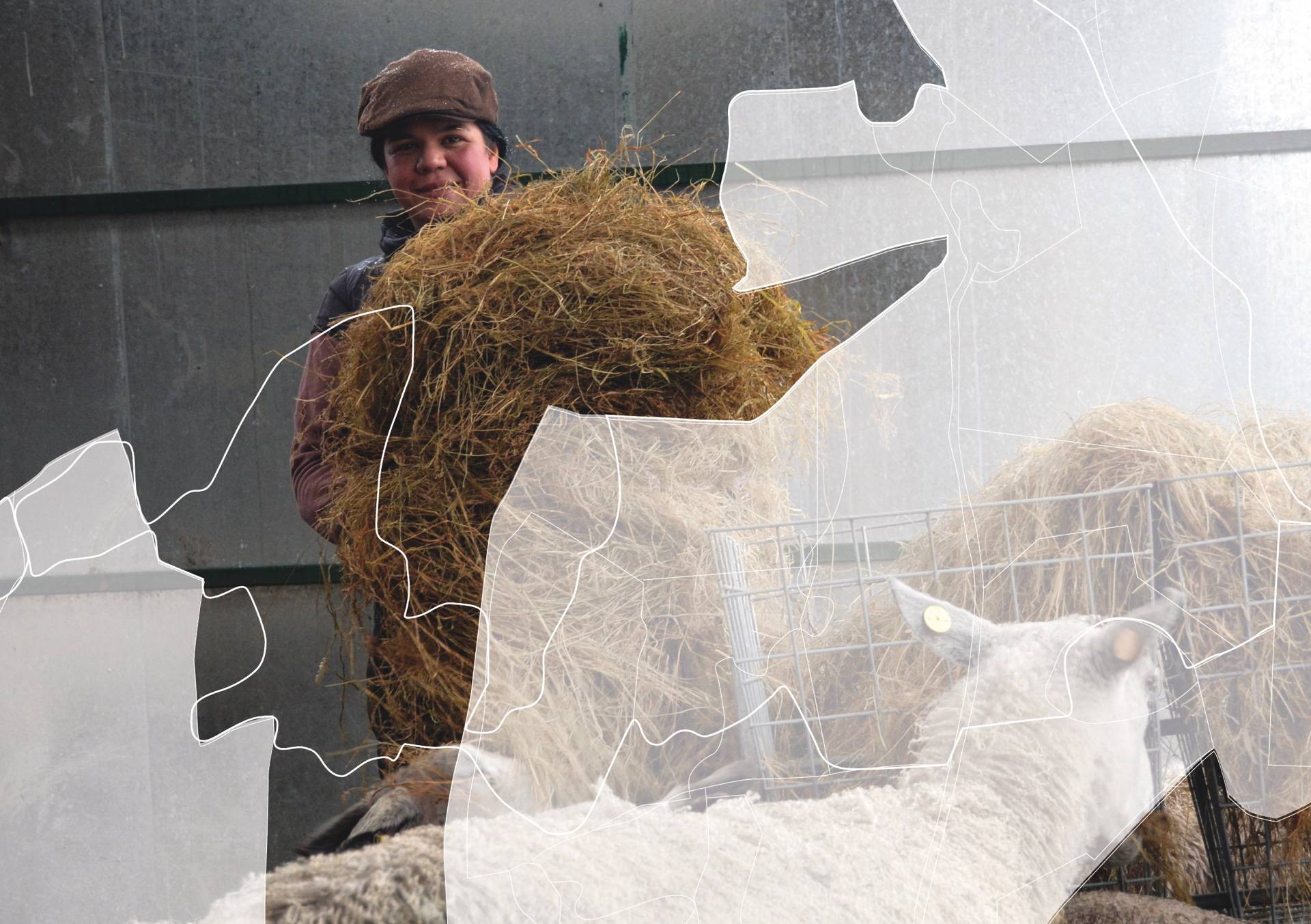Tracing the Landscape: Cumbrian Farm Women
An exhibition in Kendal reveals the dedication of Cumbrian women farmers to their way of life, despite the hardships
April is lambing time in Cumbria and for Maria Benjamin that means life is like “being in an episode of Call The Midwife – you experience all the highs and the lows”.
But Benjamin is also one of the stars of another show, Tracing the Landscape, a multimedia exhibition documenting a year in the life of five farm women from Cumbria now on at Abbot Hall Art Gallery in Kendal.
Benjamin has only been farming in Ulverston for three years but already says it’s a labour of love for her – a “way of life”. Enter one of the sheds Patricia MacKinnon-Day has set up for each of the farming women in the exhibition and the videos, artefacts and possessions on show reveal they too share Benjamin’s conviction, despite farming – and particularly Cumbrian hill farming – being a tough job that doesn’t pay well.
Tracing the Landscape evolved from one of MacKinnon-Day’s previous projects, Rural Voices, when she worked with 12 Cheshire farmers.
“The inspiration for this project evolved after discovering the strength and tenacity of women farmers whose everyday lives were challenging,” says MacKinnon-Day, who studied fine art at Liverpool School of Art, Media and Design before completing an MA at the Royal College of Art, London.
Abbot Hall, Dove Cottage and the Wordsworth Museum in Grasmere, and the Windermere Jetty Museum of Boats, Steam and Stories have just won £3.29 million from the government’s Northern Cultural Regeneration Fund for new facilities and refurbishment. But outside Cumbria’s cultural centres life remains tough.
“I was inspired by how the women farmers dealt with isolation, poor resources and economic hardship,” says MacKinnon-Day. “Working closely with the Cumbrian farm women for a year gave me the opportunity to probe deeper and produce artworks that aimed to make visible their contribution to agriculture.”
MacKinnon-Day’s approach to the exhibition required her to be something of a sociologist as well, spending months with her subjects, aged 30 to 80, without any preconceived ideas about the artwork she was going to make.
“Empathy is key to my research, as learning how it feels to be part of that community and becoming completely embedded as an artist on site is crucial to the success of the artwork.
“This process of developing understanding over time helps me to access complex meanings within a place, identify special codes, rules and the symbolic meanings of things: semiotic clues as to what is going on.”
In Benjamin’s case, that process of identification has led to a shed at Abbot Hall containing a small hand-written diary from her husband’s father, who had the farm before her, a bespoke bottle feeder made from an Irn-Bru bottle, sheep’s wool covering the wall, farming books and – reflecting the need for diversification forced on many farmers – handmade soaps.
What surprised MacKinnon-Day the most about the time spent with them?
“As a city dweller I was previously ignorant of the intensity of their round the clock workload and of the everyday physical, emotional and economic demands. The biggest shock was to discover that their input has historically been largely unpaid and unrecorded.
“I was always humbled by their warmth and welcome, even in the midst of crisis and during their relentless work schedule.”
Main image: Maria Benjamin in artwork by Patrica MacKinnon-Day. Benjamin has been farming in Ulverston for three years and describes it as a “way of life”
